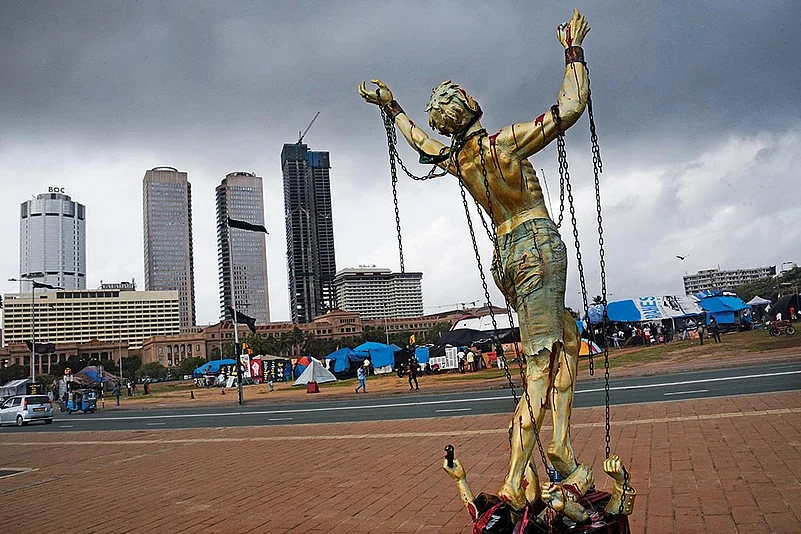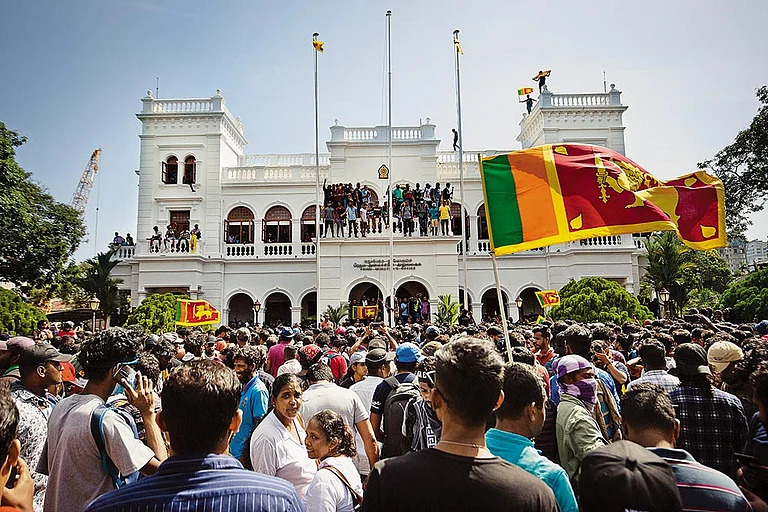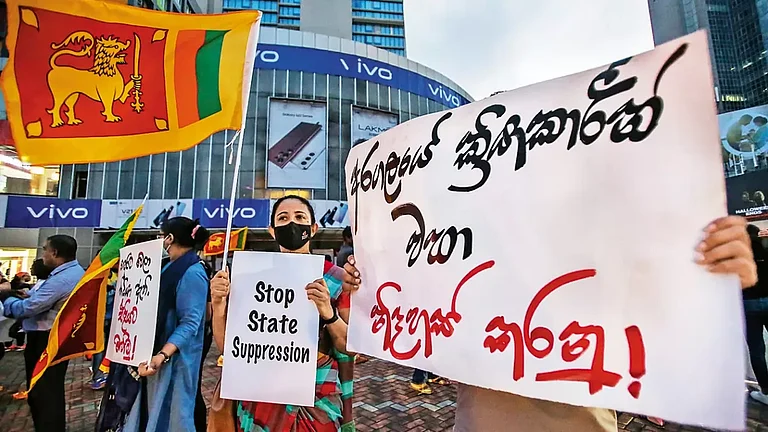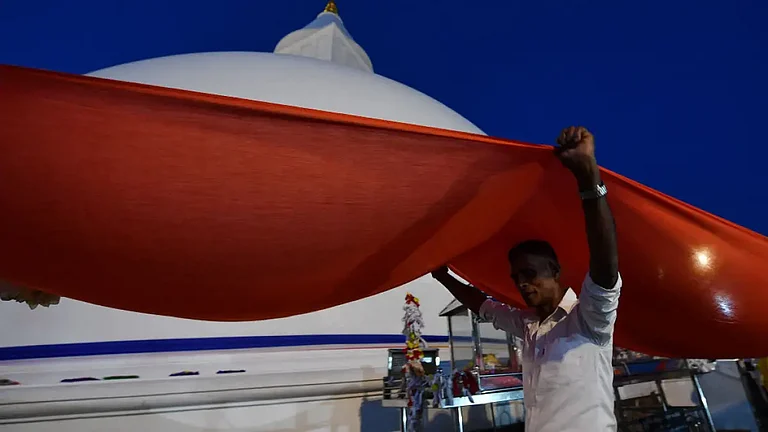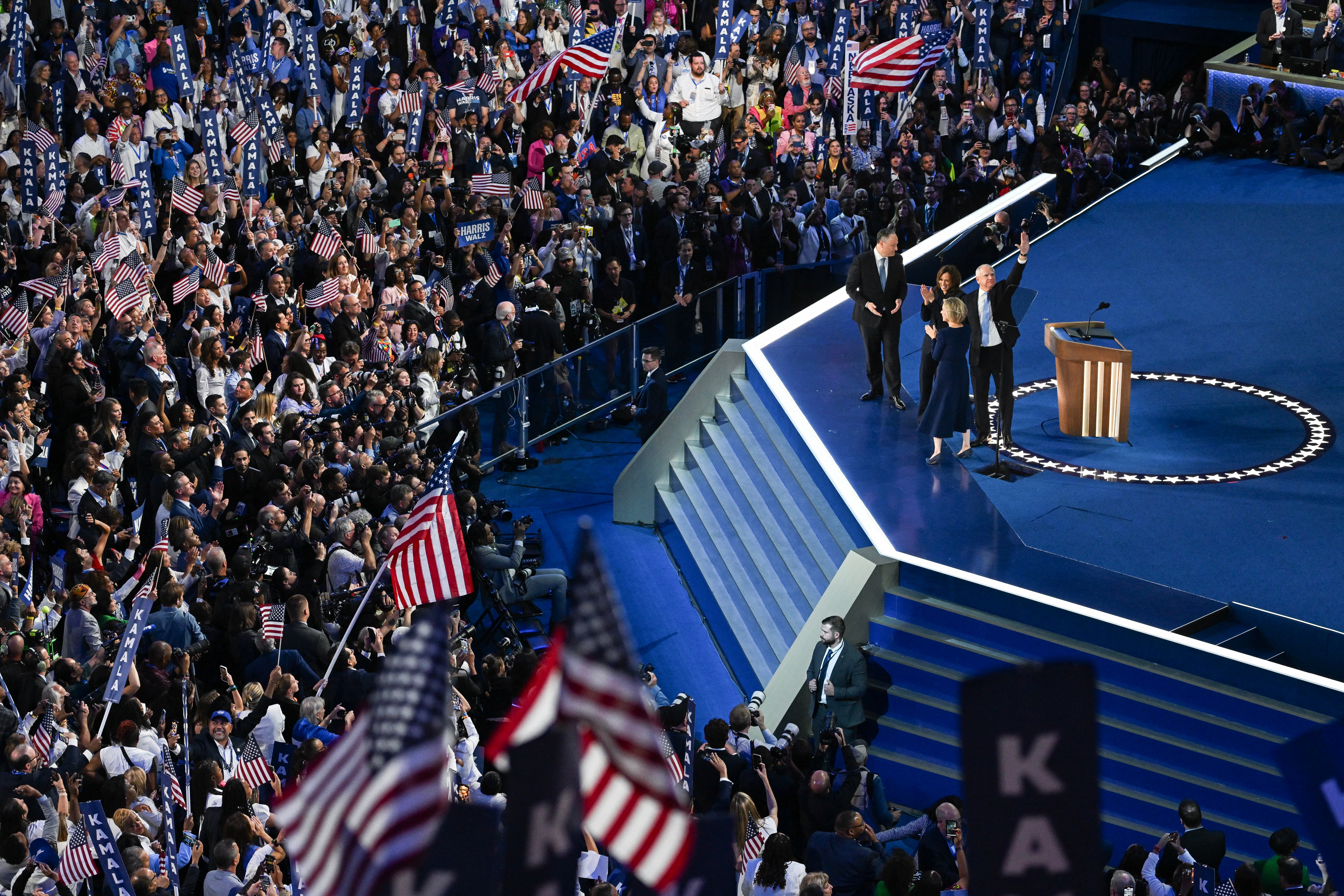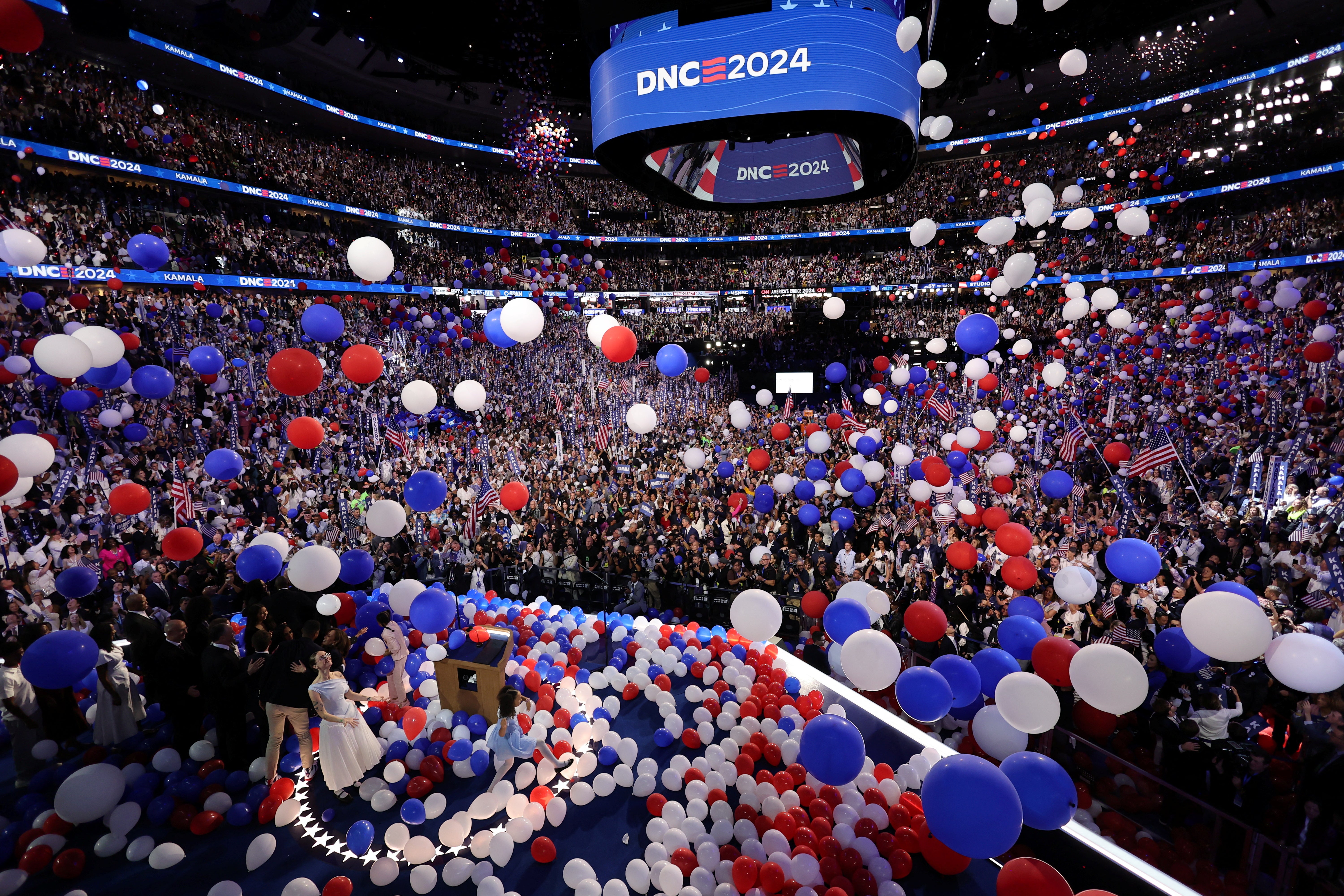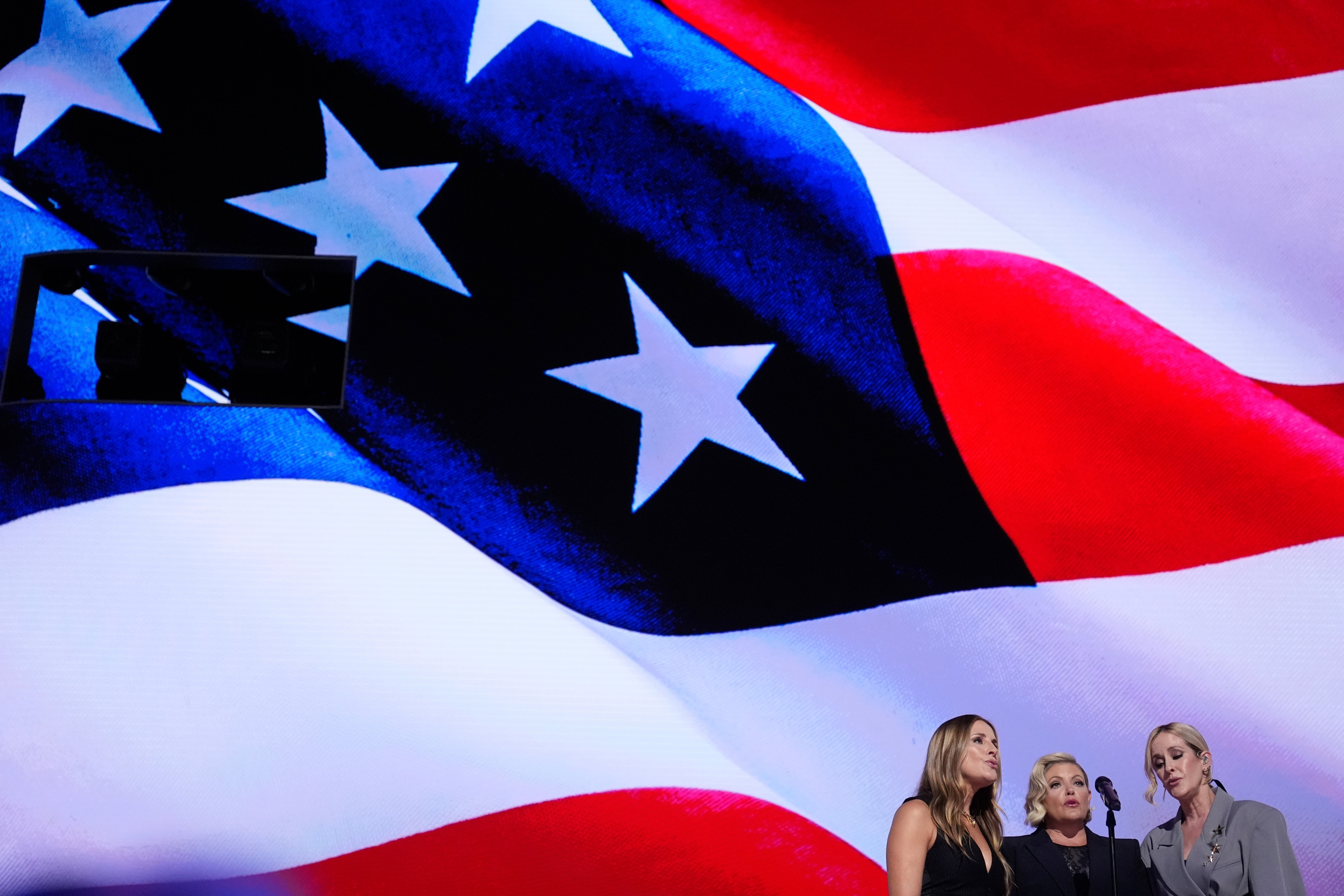
[Philip Collins is a US-based immigration attorney and a PhD Researcher at the Irish Centre for Human Rights at the University of Galway, Ireland, where he also holds a Master’s Degree in International Human Rights Law.]
On June 5, 2024, President Biden’s ‘Proclamation on Securing the Border’ went into full effect, with the stated purpose of suspending and limiting ‘[t]he entry of any noncitizen into the United States across the southern border’. According to the Proclamation, and with limited exceptions, the limitation and suspension of US/Mexico border entries is only to be lifted two weeks after average border encounters of migrants reach a ‘7-consecutive-calendar-day average of less than 1,500’. The limitation and suspension would then kick in again anytime there ‘has been a 7-consecutive-calendar-day average of 2,500 encounters or more.’ With the average number of border encounters rising well over 150-250,000 in recent months, the Proclamation is poised to bring about drastic change on traditional reception and asylum procedure at the southern border.
This move is yet another regulation among the patchwork of executive actions in the past year from the Biden administration that seek to control high migrant encounter rates at the southern border which are seen as a huge political liability in an election year. The Proclamation joins the post-Title-42 ‘Asylum Transit Ban’ regulation (known officially as the ‘Circumvention of Lawful Pathways’ rule) which began in May of 2023, and an additional ‘Application of Certain Mandatory Bars in Fear Screenings’ rule still pending final publication. Together these regulations have formed a restrictive border regime drastically limiting asylum eligibility for many would-be seekers.
The increasingly high procedural burden placed on asylum-seeking migrants who fear persecution in their countries of origin perfectly encapsulate the century-old debate about the right of individuals to seek asylum vs. the state’s power to control who can and cannot enter into its territory. While the Universal Declaration of Human Rights gives all the ‘right to seek…asylum from persecution’ (language that was first introduced by the U.S. delegation), it purposely leaves the act of granting asylum up to each state of refuge. Over time, and especially within the last decade in the US, this interplay between the rights of asylum-seekers and state sovereignty has generally worked against asylum-seekers. These regulations continue that trend and also signal a significant shift in U.S. asylum procedure that, if left unchallenged, will establish a new paradigm for U.S. border control.
Specifically, through these highly technical, procedurally burdensome reception mechanisms, the onus is placed squarely on the shoulders of asylum-seeking migrants to prove they are the ‘right’ kind of seekers through official, pre-approved pathways. Yet these ‘pathways’ carry with them few accommodations for migrants fleeing persecution who won’t have the means or capacity to comply with each and every procedural checkpoint, inevitably leading to refoulement for many and the denial of the procedural right to seek asylum for most. In other words, by manipulating what it looks like to ‘seek’ asylum, the U.S can thinly maintain that it upholds the ‘right’ for migrants to seek asylum while bypassing the reality that thousands upon thousands of asylum-seekers will be shut out from that right, even after gaining access to U.S. territory.
In order to better illustrate the cascading procedural burdens places on asylum-seeking migrants in the US, it is worth taking a moment to list the numerous, invisible barriers placed in their path on their journey toward refuge. These include, for example, navigating through daily ‘metering’ limits on asylum claims, successfully manifesting fear of persecution with the ‘shout test’, and meeting several shifting burdens of proving their fear of persecution. Thus, where it was once enough to arrive in or at the frontiers of U.S. territory in order to access an asylum procedure, the Biden regulations now combine create the following labyrinthine set of procedural obstacles:
1. Barriers Prior to Arrival at the Southern Border
First, even prior to arriving at the U.S. border, asylum-seeking migrants are required to have applied for —and have been denied— asylum in any country they transited through. Those who haven’t and who later seek asylum in the U.S. will be working against a presumption of ineligibility for asylum. With limited exceptions, this presumption of ineligibility will be applied to all who can’t otherwise show they suffer an ‘acute’ medical emergency, are facing ‘imminent and extreme danger’, or are victim to a ‘severe form’ of human trafficking. These descriptive terms highlight the high-level of urgency and proof that asylum-seeking migrants are required to show in order to overcome this bar.
2. Barriers Upon Arrival at a Designated Port of Entry
Next, asylum-seeking migrants arriving at ports of entry are subjected further restrictions designed to prevent an overwhelming majority from even accessing an asylum screening procedure. Specifically, those who have not created an appointment using the CBP One phone application, which is subject to a daily number of open slots and appointments, are shut out of the process unless they can shoulder the burden of proving that their inability to use the app was due to an ‘ongoing and serious obstacle’. This daily cut-off has been termed as ‘metering’ and previously existed as an official Border Patrol policy in the form of a maximum daily allowance of asylum-seeking entrants at ports of entry. It’s unclear if this ‘serious obstacle’ would include the inability to obtain a phone, the inability to easily charge the phone in migrant shelters, or the constant technical issues with the CBP One application.
If an asylum-seeker at a port of entry manages to meet the above standards, they will then undergo an interview in order to assess their level of fear of persecution on the basis of a convention ground. But where-seekers used to be subjected to low ‘credible fear’ standard, the asylum transit ban now subjects them to a higher ‘reasonable fear’ standard. The heightening of this standard has lowered all claims at this point to roughly a third of what they were before the change. Those whose claims have been rejected may appeal to a judge who will review the interview transcript and perform his or her own ‘reasonable fear’ analysis. Any who can’t make it through these stringent burdens by this point and are unable to meet the ‘withholding of removal’ standard against refoulement are then deported.
3. Barriers Upon Arrival or Crossing Between Designated Ports of Entry
For those who arrive between ports of entry, whether at the frontiers of the territory or by crossing into U.S. between ports of entry and encountering border guards, access to the asylum process and screening for refoulement is extremely restricted. This happens automatically, for example, when the threshold for encounters is reached under the Biden Proclamation, causing migrants to be expelled en masse with limited exceptions for only the most humanitarian of cases. Where the daily average restrictions are not in place, the Asylum Transit Ban still mandates that asylum interview and screening procedures listed above are executed. However, the Biden Proclamation adds another significant burden to this process:
Asylum-seeking migrants between ports of entry are now also required to affirmatively, in an unprompted manner, manifest a fear of persecution upon being returned. This has colloquially been known as the ‘shout test’ —so-called because migrants need to literally shout out their fear of persecution to border officers— and comes with a number of built-in limitations. For example, the Department of Homeland Security only provides that it will give ‘general notice’ regarding the process for seeking asylum, meaning that the rule has little regard for the individual capacity, legal knowledge, language competency, and other factors that can cause individuals to miss their chance to claim asylum altogether and be returned to danger. Moreover, even where a fear is manifested, the ‘shout test’ comes with little oversight and ultimately incentivizes border officers to outright ignore or mistreat migrants on the basis of inconvenience or general disbelief in their claims, a phenomenon that was a notable problem under the COVID-era policy Title 42. Refoulement accordingly becomes part-and-parcel of this process.
Finally, those who manage to manifest a fear and have it recognized by a border officer still need to meet several, shifting burdens of proving their initial claim in order to be safeguarded from refoulement. The new standard of proving a fear of persecution under the Biden Proclamation —higher than that of the ‘reasonable possibility’ under the Asylum Transit Ban, but less than that of a ‘more likely than not’ standard of traditional credible fear interviews— is that of ‘reasonable probability’. Astoundingly, those who meet these burdens under the Biden Proclamation, are still subject to a credible fear interview but are completely cut off from the possibility of ultimately obtaining asylum —due entirely to their failure to claim asylum at a port of entry.
The End Result: An Eroding ‘Right to Seek’
The sum of these procedural barriers is not only convoluted and burdensome on all migrants seeking asylum, but it also leads to a brutal winnowing of all but the most perfect of asylum-seekers who somehow manage to traverse every hurdle thrown up by these regulations. While certain exceptions remain, such as for unaccompanied minor children or those who can show ‘exceptionally compelling circumstances’ requiring safeguards from refoulement, the U.S. is now exercising sovereignty over its jurisdiction in a manner that directly contravenes its obligations under the Refugee Convention’s prohibition against refoulement and the built-in human ‘right to seek’ asylum deriving from the Universal Declaration of Human Rights.
One can understand the heavy political burden placed on a presidential administration when its opponents are constantly ringing alarm bells and pointing to what it calls an open border crisis or a ‘migrant invasion’. Or when the legislative branch has failed to pass any meaningful immigration legislation in over 30 years that could provide funding for border reception, asylum processing, and immigration judges. But by placing these restrictions like patchwork onto existing asylum law and regulations, the overall effect is to normalize shifting of the burden of safeguarding the ‘right to seek’ asylum and against refoulement off the shoulders of the state almost entirely onto the migrants seeking protection. Under these provisions, the ‘right to seek’ asylum, a cornerstone of human rights for over 75 years, now hangs by a thread.


